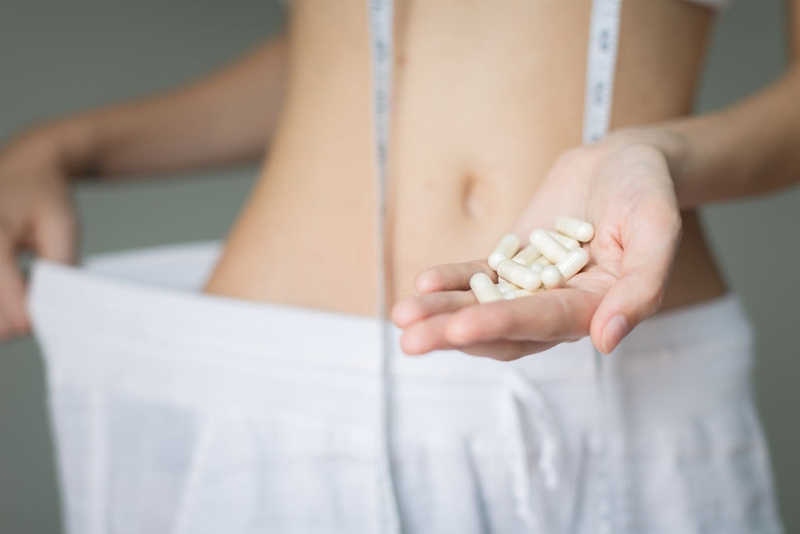What exactly is a probiotic?
Probiotics are beneficial bacteria that serve to enhance gut health by improving the microbial balance. probioticseverything.comint j probiotics prebiotics
In other words, these are living creatures that, when given in sufficient quantity (for example, in a supplement pill containing tens of billions of live bacteria), can benefit the host (us).
A high-quality probiotic supplement is one of the most common and simple ways to get more of these beneficial bacteria. probioticseverything.comint j probiotics prebiotics
You can also increase the amount of probiotic items in your diet.
Here’s a list of some of my favorite probiotic meals that are both easy to find and packed with good bacteria:
Miso
Tempeh
Kvass
Sauerkraut
Apple cider vinegar
Natto
Kimchi
Kefir
Pickles (make sure they are really fermented pickles)
Kombucha
I often remind my patients that just because they take a probiotic doesn’t mean they can eat fast, packaged, or processed foods. In order for probiotics (good microorganisms) to flourish and thrive, the necessary substances (prebiotics) must be present in your diet. probioticseverything.comint j probiotics prebiotics
Lactobacillus acidophilus, Bifidobacterium lactis, Lactobacillus rhamnosus, Lactobacillus reuteri, Lactobacillus casei, Lactobacillus acidophilus, Lactobacillus acidophilus, Lactobacillus acidophilus, Bacillus coagulans, Escherichia coli strain Nissle 1917, Enterococcus faecium SF68. probioticseverything.comint j probiotics prebiotics
What exactly is a prebiotic?
Prebiotics are mostly nondigestible fibers that feed good microorganisms.
Prebiotics can be thought of as fertilizer for the good guys. FOS, inulin, and flaxseed fiber are examples of prebiotics.
FOS stands for fructooligosaccharides, which are nondigestible, low-calorie carbohydrates found in plants such as onion, chicory, garlic, asparagus, banana, artichoke, and many more. probioticseverything.comint j probiotics prebiotics
Inulins are a type of natural polysaccharide produced by a variety of plants and belong to the fructans family of dietary fibers. Chicory root or agave are common sources of inulin. probioticseverything.comint j probiotics prebiotics
Human milk oligosaccharides, a fundamental component of human breast milk, are one of the most well-known prebiotics, as they have been demonstrated to encourage the growth of beneficial bacteria in our gut microbiota, such as Bifidobacterium. probioticseverything.comint j probiotics prebiotics
Here’s a list of prebiotic foods that are simple to include in your diet to help feed your beneficial good bacteria:
Flaxseed
Raw asparagus
Raw jicama
Green bananas
Raw Jerusalem artichoke (sunroot)
Raw dandelion greens
Raw garlic
Raw/cooked onion
Raw leek
Raw chicory root
Acacia gum (gum Arabic)
Do you require the use of probiotics and prebiotics?
Yes, in a word. The term “synbiotic” refers to a mix of probiotics and prebiotics that work together to boost health in a synergistic manner. probioticseverything.comint j probiotics prebiotics
According to several studies, adding prebiotics to probiotics improves their survivability.
This basically means that if you combine probiotics with prebiotic “meal,” the probiotics will have a better chance of surviving and establishing themselves in your gut.
To put it another way, you should always take prebiotic fiber-rich meals in addition to your probiotics.
So, if you’re searching for a technique to help improve your gut microbiome, a mix of probiotics and prebiotics might be a good option.
You’ll be well on your way to being one step ahead of the game if you eat a well-balanced diet rich in prebiotic foods, probiotic foods, and other gut-centric, microbiome-balancing herbs, spices, beverages, and meals. probioticseverything.com
This synbiotic way of eating will improve the diversity and richness of your gut flora. Your entire body will reap the benefits.







